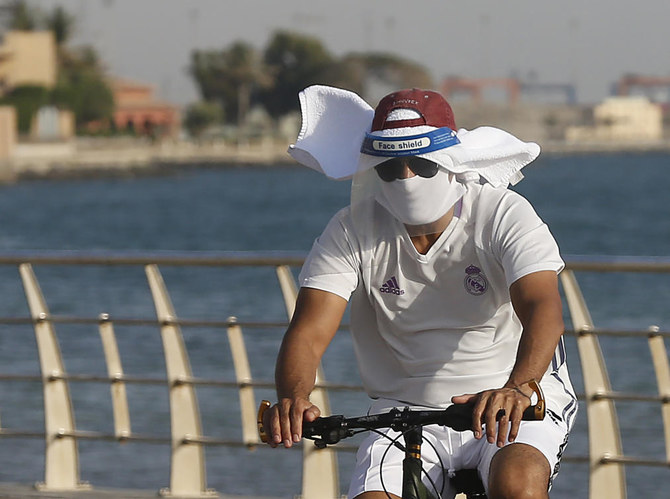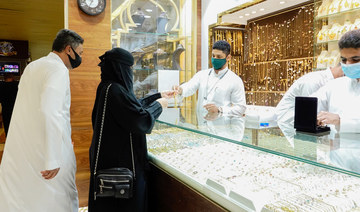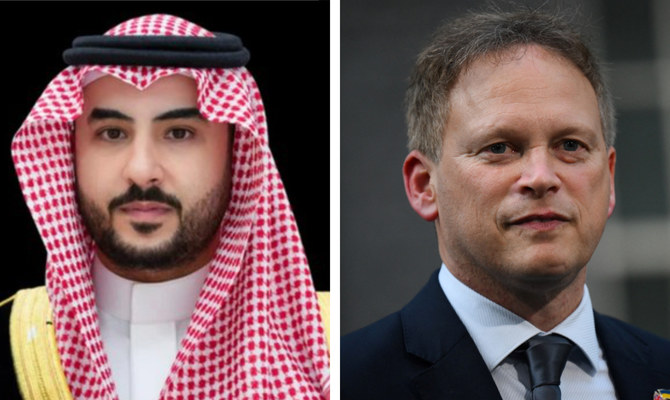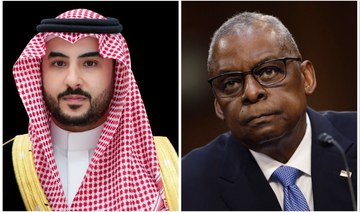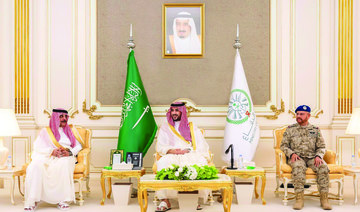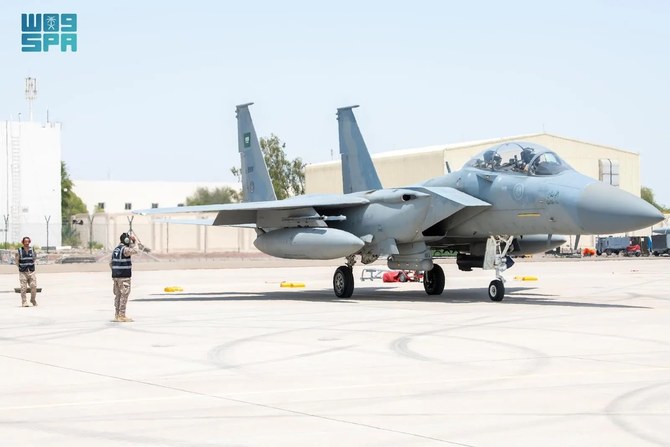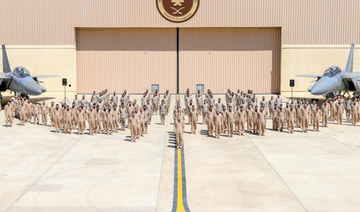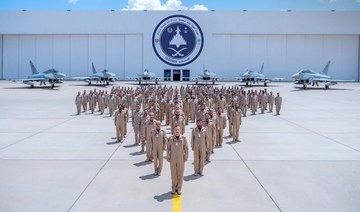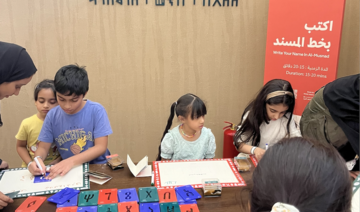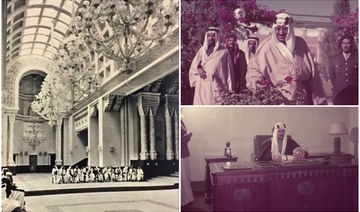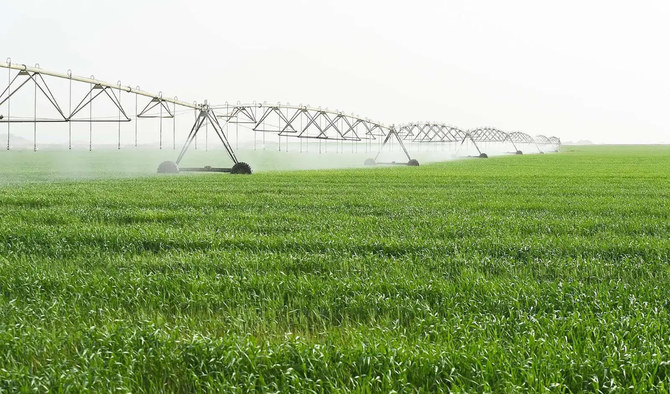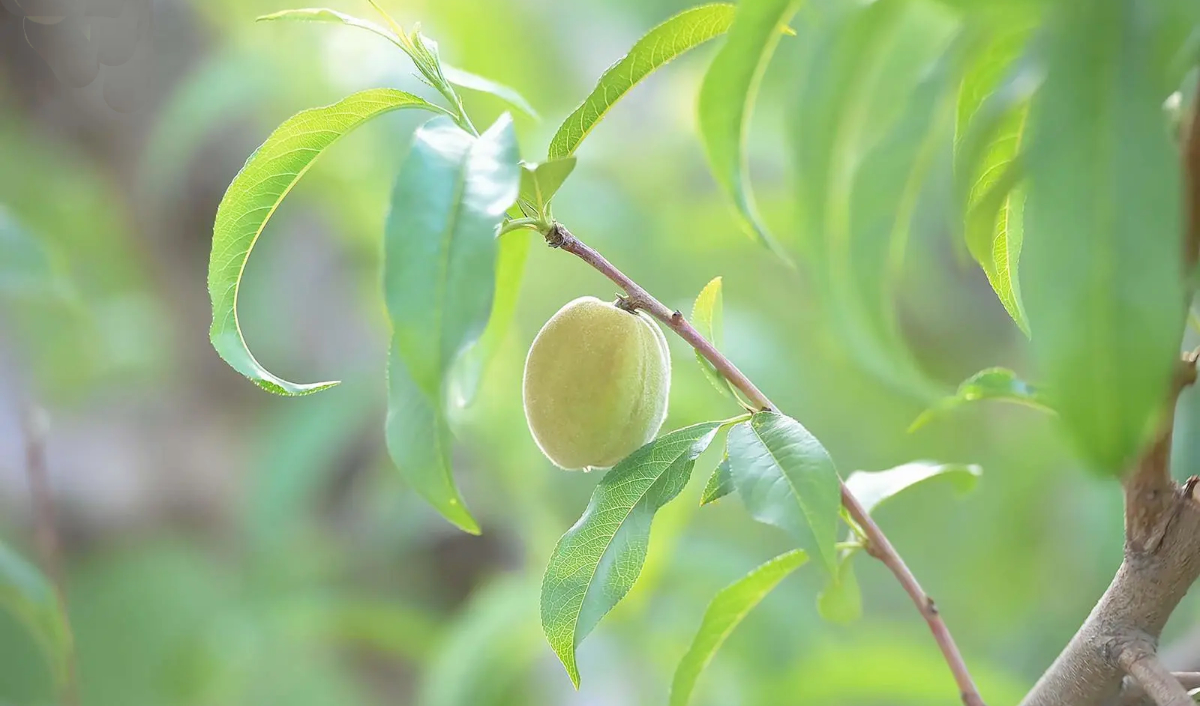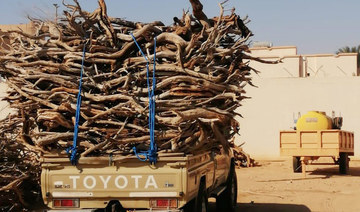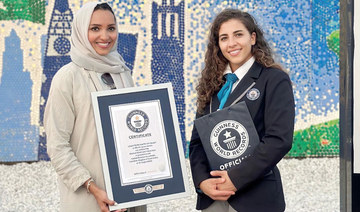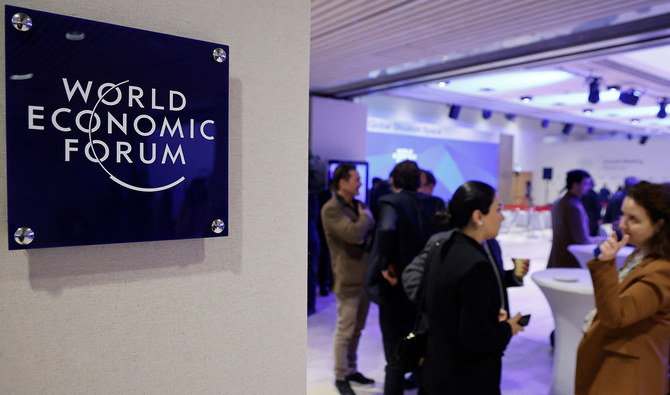JEDDAH: Saudi Arabia recorded 42 more deaths from COVID-19 and 2,779 new confirmed cases of the disease on Sunday.
Of the new cases, 247 were recorded in Riyadh, 191 in Jeddah, 164 in Hufof, 157 in Dammam and 157 in Makkah.
Nonetheless, the Saudi Health Ministry said the rate of critical COVID-19 cases in the Kingdom is stabilizing and has decreased in the past two weeks as the country witnesses a decline in new cases of the disease.
“According to the graphic analysis, it’s been noted that the rate of patients in critical care units is stabilizing in the past two weeks and has seen a slight decrease of 0.4 percent this week. The number of patients in critical care units is between 2,000 and 2,500,” ministry spokesman Dr. Mohammed Al-Abd Al-Ali said.
Al-Ali said that 50 percent of patients in intensive care units are over the age of 60, 36 percent are between the ages of 40 and 60 while 14 percent of patients are between the ages of 20 and 40. Men form the majority of patients admitted to intensive care units, making up 64 percent of admissions.
Saudi Arabia recorded 2,799 new cases of COVID-19 on Sunday, raising the number of confirmed cases in the Kingdom to 232,259 since the beginning of the pandemic.
A total of 2,223 people have succumbed to the virus in the Kingdom so far.
The number of patients admitted to critical care units was in the single and double digits at the beginning of the pandemic, but the number gradually increased until a surge from the end of the Eid holidays following the easing of lockdown restrictions.
There are currently 2,245 patients in critical care units.
The Kingdom’s recovery rate has improved to 71.9 percent after 1,852 new recoveries were recorded, raising the total number of recoveries to 167,138.
There are currently 62,898 active cases in the Kingdom. Forty-two new fatalities were recorded, raising the death toll to 2,223.
Over 44,000 polymerase tests were conducted in the past day, raising the number of tests performed so far to more than 2,270,000.
Meanwhile, Jeddah’s field hospital continues to provide services for patients that suffer mild symptoms but require hospital care.
The 8,000-square-meter field hospital, located north of the city, can serve up to 500 patients. It has admitted 278 patients since its opening early last month.
There are currently 40 patients still seeking medical care. The hospital includes various auxiliary medical departments as well as a laboratory, radiology, a pharmacy and more.



